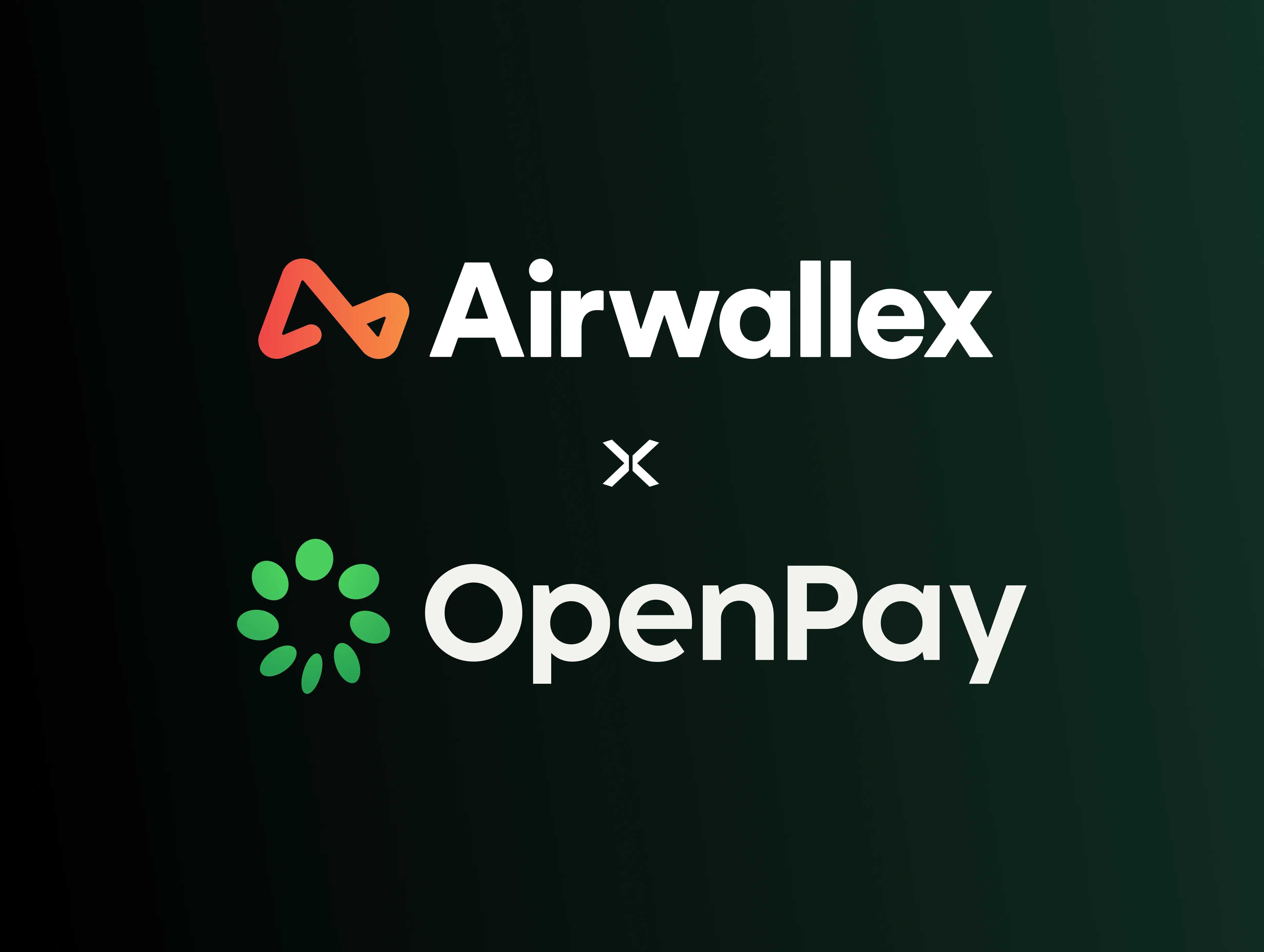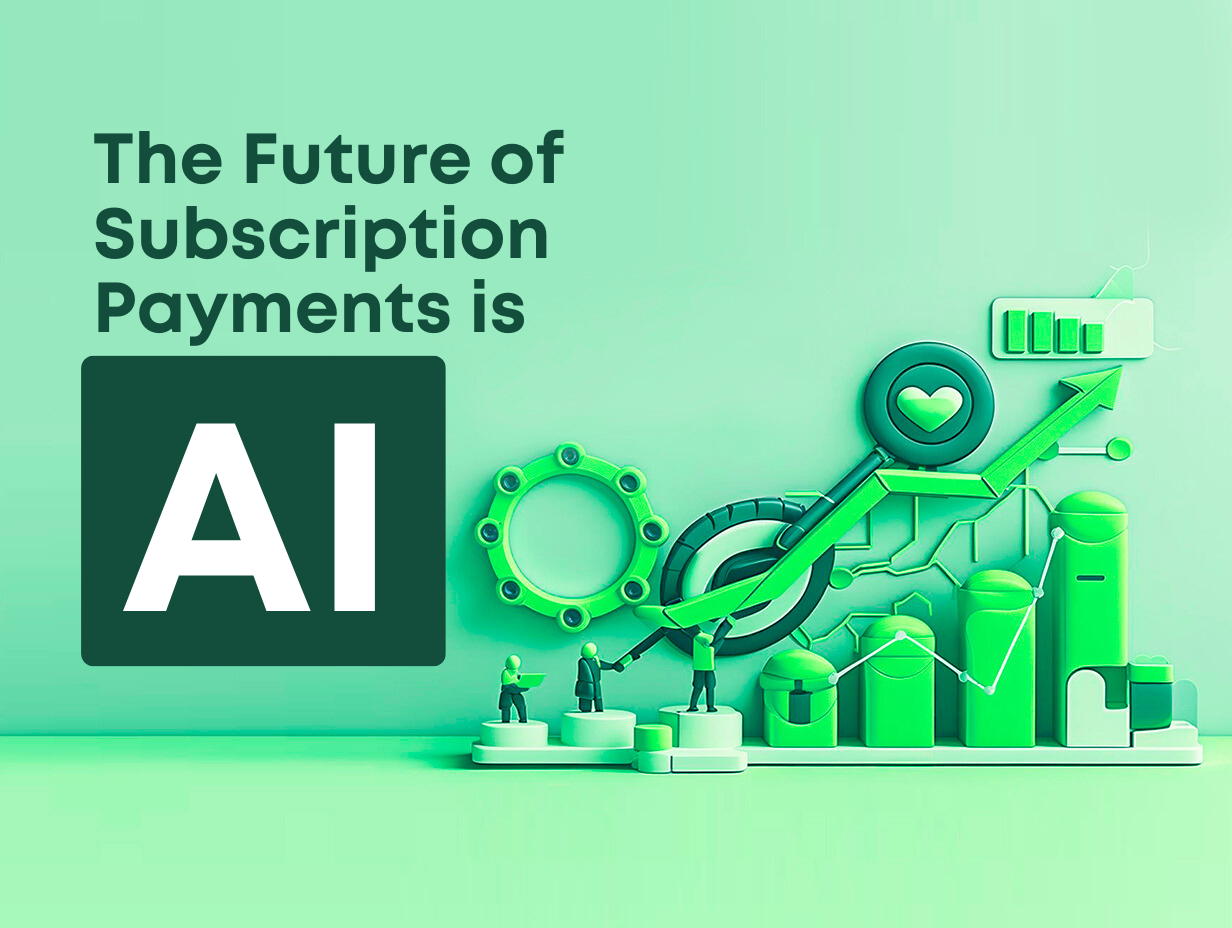When you’re building a startup, collecting revenue from your customers is everything. Whether your customers are local or global, you need a reliable way to get paid. But in the rush to launch products and drive growth, most founders treat the payments stack as an afterthought. They plug in a payment processor like Stripe and move on.
And for a while, that works. But as your customer base grows, especially internationally, processing fees, currency conversion costs, and missed payment methods can quietly erode your margins.
At OpenPay, we’ve seen this story play out again and again.
One merchant we worked with was generating over $1 million a month from customers around the world. On the surface, everything looked fine. But behind the scenes, international transactions were racking up FX charges and processing fees, draining nearly 6% of their revenue.
The fix? Payment orchestration.
What Is Payment Orchestration?
Picture payment orchestration as your business’s air traffic controller. Instead of sending every payment down the same runway, an orchestrator intelligently routes each transaction to the processor best equipped for that specific payment - factoring in fees, customer location, payment method, and even past approval rates. This smart routing ensures each transaction takes the most efficient and cost-effective path, helping you boost approval rates and lower processing fees.
For example, let’s say a customer in France pays with a local credit card (labeled "CC" in the image below). Routing that payment through a European processor can lower transaction fees and increase the likelihood of a successful transaction. Similarly, if a U.S. customer uses a U.S. credit card, routing the payment through a U.S.-based processor with better rates can improve both cost and success rate. The image below illustrates this in action.

Many startups start with just a single processor, like Stripe, because it’s simple. But each processor has fixed rules and fees, and by relying on just one, you’re locked into their pricing and limitations—regardless of where the payment is coming from or which payment method is used. That means you’re likely leaving money on the table by paying too much in fees or missing out on supporting local payment methods.
How Processor Pricing Works
To really understand how these costs add up, it helps to look at how payment processor pricing actually works. Every payment processor charges fees, but not all fees are structured the same way. There are two primary pricing models you’ll encounter: interchange++ pricing and flat-rate pricing
Flat-Rate Pricing – Many processors, like Stripe and PayPal, offer flat-rate pricing. Stripe typically charges 2.9% + 30¢ per transaction for online payments. This model is simple and predictable, making it easy for businesses to understand what they’re paying in processing fees each month. However, it also means you pay the same rate for a low-cost U.S. debit card as you would for a high-fee international or rewards card. Over time, this often leads to overpaying on many transactions.
Interchange+ Pricing – Interchange+ pricing is a fee structure that most payment processors offer, but it’s typically only available to businesses that handle a higher volume of transactions. This model breaks down your payment processing fees into two parts: the interchange fee (set by card networks like Visa or Mastercard) and the processor’s own markup. For some transactions, such as those made with domestic debit cards, Interchange+ can be more cost-effective than other pricing models. However, it can become more expensive for transactions involving international cards or premium rewards cards. The main drawback is that, because the fees are calculated in real time based on the specific card type and where it’s from, it’s much harder for businesses to predict exactly how much they’ll pay in processing fees each month. Additionally, not every business will qualify for Interchange++ pricing; smaller businesses may not meet the minimum payment volume required by processors to access this pricing model.
No single processor offers the best pricing for all use cases. So, if you stick with just one processor, you’re locked into their pricing and limitations. As you scale, this can mean higher costs, lower approval rates, and missed opportunities in new markets.
This is why using payment orchestration to route transactions to different processors helps you reduce fees and maximize revenue.
OpenPay in Action: How AI-Powered Orchestration Unlocked Five-Figure Savings
Let’s go back to that $1 million-a-month merchant quietly losing 6% of their revenue to processing fees.
The issue was simple. Every transaction was routed through a single processor, which worked fine for U.S. cards but wasn’t optimized for international or high-risk payments. Our AI monitoring system detected this and surfaced a recommendation to add two additional payment processors using OpenPay’s AI-powered orchestration engine.
Here’s how it all worked:
- Their original processor continued handling U.S. payments - no disruption to what was already working
- A second global processor took over international transactions, lowering fees and increasing approval rates by supporting local payment methods
- A third, specialist processor was used for debit and prepaid cards, which tend to have lower fees due to less risk of non-payment
Each transaction was routed in real time based on location, currency, payment method, and risk score. If a payment failed, OpenPay automatically retried it with a backup processor.
The result: a 14% boost in payment success rates and five-figure savings.
Takeaway
Too many startups wait until they’ve lost significant revenue before embracing payment orchestration, missing out on savings and efficiency along the way. The good news is, it’s never too late to make the switch. Implementing a robust payment stack with orchestration isn’t just about cutting fees - it’s about creating a flexible, intelligent payments system that grows with your business, maximizes every transaction, and protects your margins as you scale.
If you want to learn more, book a call.












